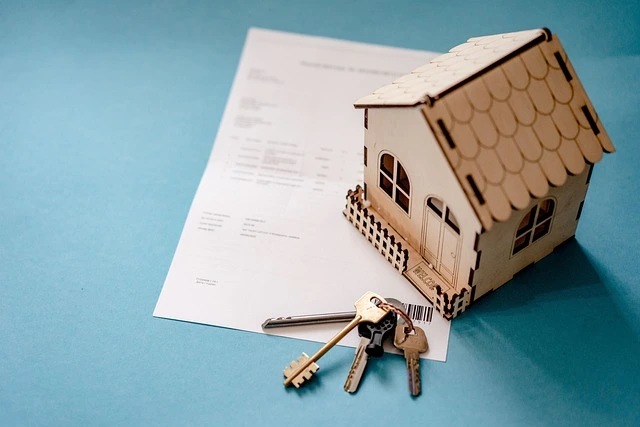What Are Municipal Bonds?
Municipal bonds, often called munis, are debt securities issued by states, cities, counties, or other local government entities. They exist to fund public projects—highways, schools, water systems, you name it. When you buy a muni, you’re lending money to a specific local government—not the federal government, as with Treasuries.
At the end of 2022, the municipal bond market had around $4 trillion in outstanding debt. About 40% of that was issued by California, New York, and Texas. These bonds can have short or long maturities, and most pay interest semi-annually. They’re usually considered low-risk—but not zero-risk.
Here’s the kicker: the interest from municipal bonds is generally exempt from federal income tax. And if you live in the state issuing the bond, you might be exempt from state and local taxes too. That tax advantage is what draws so many income-focused investors.
Two Main Types of Municipal Bonds
Let’s cut to the core. There are two broad categories of municipal bonds:
★ General Obligation Bonds (GO Bonds)
- GO bonds are backed by the full faith and credit of the issuing state, city, or county. There are no specific assets backing them. The issuing entity can raise taxes to pay you back. That’s the safety net. So if you buy a GO bond from California, the state can tax its residents to pay your interest.
- GO bonds make up around 28% of the investment-grade muni market. They’re considered slightly safer than their counterparts due to that tax-backed support.
★ Revenue Bonds
- Revenue bonds are tied to specific income-producing projects—think highway tolls, utility fees, hospital income. These bonds aren’t backed by taxes but by the revenues of the project itself. Because of this, they carry slightly more risk and, therefore, generally offer higher yields.
- Revenue bonds account for about two-thirds of the muni market. And while they pay more, they also require you to look a little closer under the hood.
Are Munis Safe?
The short answer: relatively.
Munis are safer than corporate bonds, but they aren’t as safe as Treasuries. Treasuries are backed by the U.S. government, which has never defaulted. Munis? They’ve defaulted—rarely, but it’s happened. Think Detroit in 2013, and Puerto Rico in 2016–2017. Those are big events, but they’re exceptions, not the rule.
Credit ratings matter here. Investment-grade munis are rated BBB– or higher (or Baa3 by Moody’s). These ratings can help you filter out riskier bonds. Defaults in the muni market have remained low and stable over time, especially in sectors like essential utilities. Higher-risk defaults tend to come from sectors like hospitals, housing, and sports stadiums—what the pros call “competitive enterprises.”
If you're aiming for safety, avoid those sectors.
Risk Hierarchy (By Credit Risk)
Here's a straight-up credit risk ladder, top to bottom:
- ✔ Treasuries (almost no credit risk)
- ✔ Agency bonds (explicit or implicit federal backing)
- ✔ Municipal bonds
- ✔ Corporate bonds
- ✔ High-yield (junk) bonds
Who Should Consider Munis?
Not every investor should own municipal bonds. Here’s who they do make sense for:
- ★ You’re in a high marginal tax bracket – You’ll benefit most from the tax-free interest.
- ★ You’re investing in a taxable account – That’s where the tax perks actually matter.
- ★ You’re okay with a bit more risk for a bit more return – Remember, munis aren’t as safe as Treasuries.
If you’re nervous about U.S. debt or possible Treasury defaults, munis might not be right for you. But if you’re looking to boost after-tax income and are willing to do a little homework, they’re worth a look.
Final Thought
Municipal bonds aren’t for everyone—but for the right investor, they’re a powerful tool. They offer tax-advantaged income, relatively low risk, and portfolio diversification. Whether you go with individual bonds or Muni ETFs depends on your comfort level, risk appetite, and how hands-on you want to be.
If you're serious about adding munis to your portfolio, avoid the common traps: steer clear of riskier projects, understand the yield differences, and don't just chase the highest return.
Got questions? Ask them. The muni world is complex—but it's navigable, if you're paying attention.
Good Reads

The easiest method to generate a passive crypto income with crypto and make money at home

If you've ever felt like personal finance is overwhelming, you're not alone

If you’ve got $10,000 and you’re ready to invest, let’s talk

I went from growing up broke to having seven figures in my 20s

If you want to manage your money like the top 1%, this is the system you need to know: the 75/10/15 rule

What if I told you that with just 10 ETH today, you could build a passive income stream of over $1,800 per month—in just 10 years?

Dividend investing isn’t about being flashy or trendy

If you're serious about learning how to invest, start by understanding the basics—like dividend stocks

What if I told you there's a way to transform a simple $10,000 investment into a machine that could pay you thousands of dollars in monthly income during retirement?

Learn how to invest in REITs effectively, avoid common mistakes, and build a diversified real estate portfolio with long-term passive income potential.
